


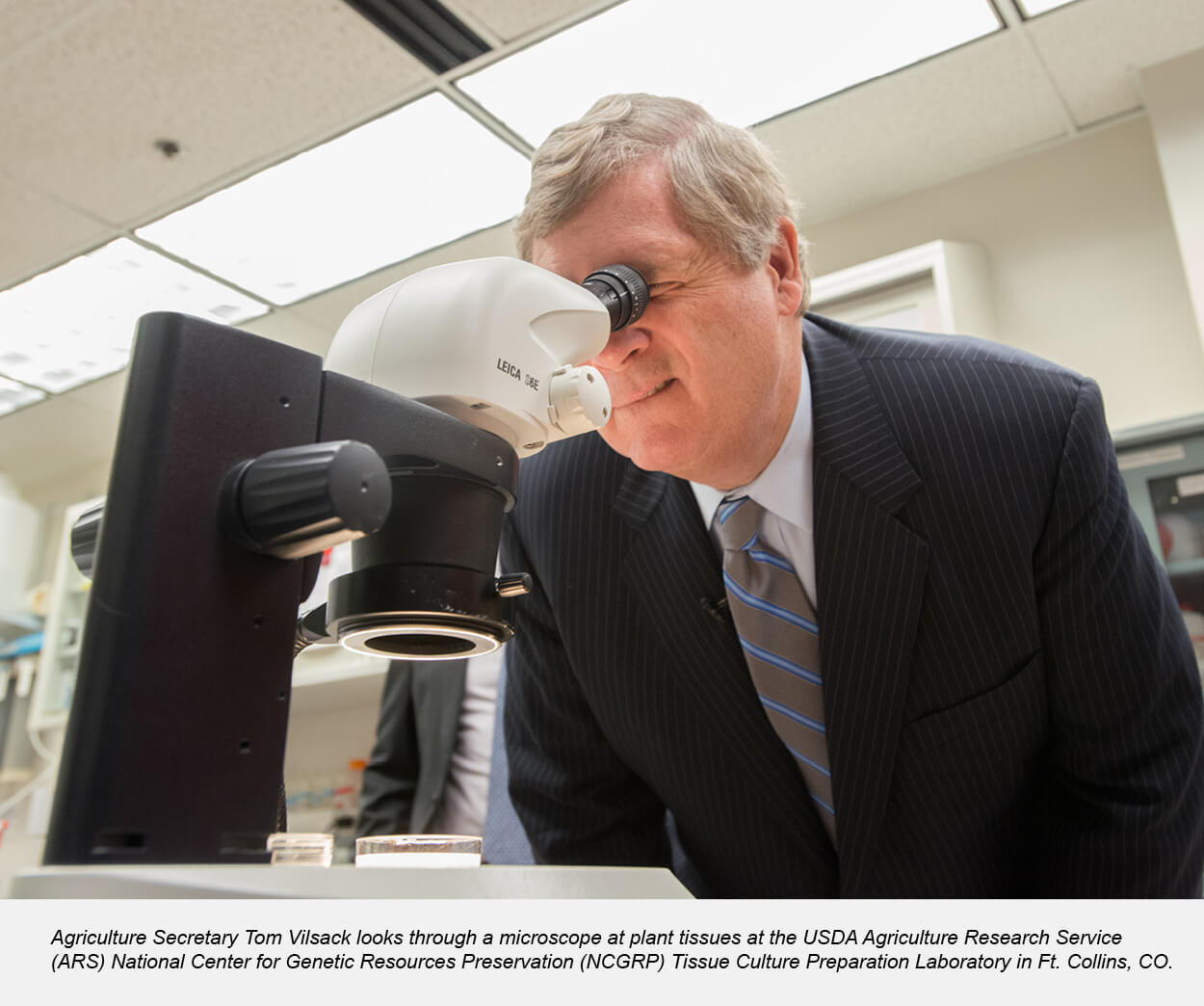

As part of a multi-pronged strategy to grow the scope of investment in cutting edge agricultural science, one of the ways USDA is supporting small business innovation is through the Small Business Innovation Research (SBIR) Program which encourages American businesses with 500 employees or fewer to engage in high-growth research and development with the potential for commercialization. Since 2009, USDA’s SBIR program has awarded nearly 850 research and development grants to American-owned, independently operated, for-profit businesses, allowing hundreds of small businesses to explore their technological potential and profit from the commercialization of innovative ideas.
Past examples of successful SBIR projects include Ecovative Design, who is using SBIR funding to develop biodegradable packaging that uses mushroom/fungal mycelia—the growth fibers of fungi. Hear from Greg Tudryn, Research Director for Ecovative, on how his company went from two guys in the basement of an incubator to supplying Dell with the technology for their packaging, all with support from USDA.
Last week, $20.2 million in new SBIR grants went to help 34 small businesses move forward with innovative research and development projects. Examples of projects that will receive funding include:
- NVE Corporation in Eden Prairie, Minn., will develop a prototype salmonella pathogen detector that will reduce the potential for disease outbreaks and costly food recalls.
- Nano Terra, Inc. in Cambridge, Mass, will develop a cost-competitive, low-toxicity, ammonium-free long-term fire retardant for use in wildfire management that is less toxic to fish and mammals.
- eWind Solutions, LLC, in Wilsonville, Ore, will create a wind energy system for small farmers that is efficient, affordable and easy to use. The system collects the stronger, more reliable winds found at higher altitudes that are inaccessible from wind towers that most small farmers can currently afford.
- Grafted Growers, LLC, in Tucson, Ariz, will improve crop production methods and strategies and promote energy conservation and efficiency by developing a sustainable indoor crop growing system (SIGS). SIGS will produce large numbers of affordable, higher quality vegetable transplants using fewer resources using less land than current greenhouse and field production systems.
Join us throughout the month of November as we tell the story of how a strong commitment to agricultural discovery has enabled USDA to deliver problem-driven and solutions-based research and development that empowers farmers, foresters, ranchers, landowners, resource managers, professors and policymakers manage the risks we face. We invite you to catch up on Chapter XI on our Medium site and follow along on the USDA blog and by using #USDAResults.



A small family business is working on a project that could quench the thirst of billions of people around the world with technology that’s capable of taking water from any source and making it safe to drink. Throughout the month we’ll tell the story of how a strong commitment to agricultural discovery has enabled USDA to deliver problem-driven and solutions-based research and development.


Scientific research is a fundamental part of our mission at USDA. But, ultimately, what’s behind all the science is people – people who do the research and people who are affected by it. USDA’s Chief Scientist and Under Secretary for Research, Education and Economics, Dr. Woteki looks back at what USDA has accomplished in the areas of research and innovation.


With USDA support a poultry veterinarian at University of Maryland created avian influenza emergency response videos for three different audiences: commercial poultry farmers, technical service personnel, and backyard poultry producers, and are available in English with Korean, Vietnamese, Chinese and Spanish subtitles. USDA’s National Institute of Food and Agriculture invests in and advances agricultural research, education and extension and seeks to make transformative discoveries that solve societal challenges.

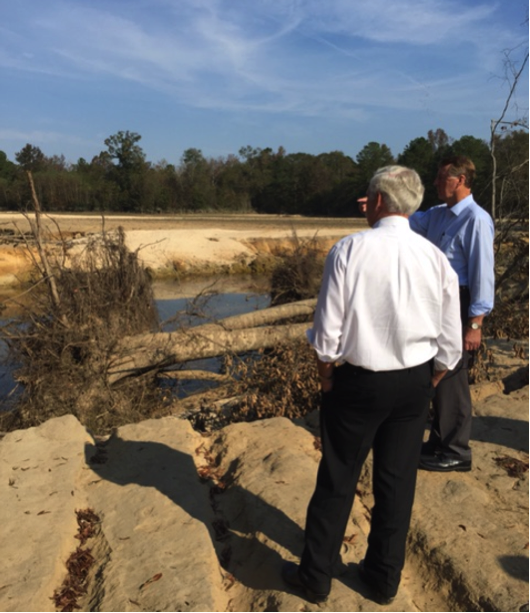
Under Secretary Michael Scuse visited North Carolina where he toured a sweet potato farm devastated by flooding from Hurricane Matthew.

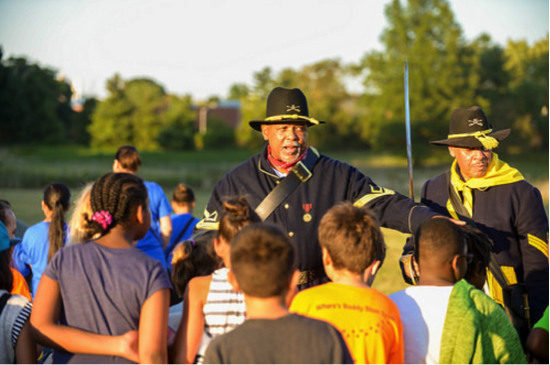
A member of the Buffalo Soldiers of the American Northwest talk to fourth graders about the importance and contribution of black soldiers in the 1800s. Education about natural resources and history is an important part of U.S. Forest Service Every Kid in a Park field trips and events.

People behind Scientific Innovation at USDA
The past eight years have been an extraordinary time for agricultural science, and for the application of new insights from other fields to enhance agricultural productivity and the overall agricultural economy. As the final days of this administration are approaching, it gives me a great deal of pride to look back at what USDA has accomplished in the areas of research and innovation.
NRCS Keeps Native American Traditions Alive
The 567 federally-recognized Native American Tribes are unique in their own way—from their languages and family structure, to their clothing and food. Tribes are working hard to revive their roots to help reconnect their heritage to the land, rekindle their spiritual bonds and cultural traditions, and raise awareness amongst future generations; especially tribal youth in line to inherit the land.
Ranchers Using NRCS Conservation Practices Boost Prairie Chicken Occupancy
Habitat conservation practices make a difference for lesser prairie-chickens. That’s the finding of a recent scientific study – the first part of a multi-year study – described in a new report from the Lesser Prairie-Chicken Initiative (LPCI).
European Grapevine Moth Cooperative Eradication Program: A Model for Fighting Future Invasive Species Threats
I was thrilled to celebrate with key partners and contributors in Napa County, California, recently at an event to recognize the critical safeguarding accomplishment we achieved together, that of eradicating the invasive European grapevine moth (EGVM) from the United States.
Biosecurity Education and Compliance are Critical in Preventing Avian Influenza Outbreaks
The December 2014 to June 2015 avian influenza outbreak was the largest animal health emergency in U.S. history. The virus contributed to the death of more than 48 million birds, either due to infection with the virus or depopulation to prevent additional spread. The virus was introduced into the U.S. by wild migratory waterfowl and then spread from farm to farm in a number of ways.
Do It Yourself: Expert Help for Improving Bobwhite Habitat on Your Land
If you’re looking to save money around the house, you can find hundreds of helpful videos on a wide variety of “do it yourself” repair and remodeling projects. Social media and other online networking tools can put you in touch with experts to answer your questions along the way.

Too Hot for November? Depends on What You Grow and Where
The fall heat continues to set records and to affect some farmers in both good and bad ways. (Gary Crawford and Brad Rippey)
Actuality: Deputy USDA Secretary and Others Visiting N.C. Students
Bob Etheridge, North Carolina Farm Service Agency State Executive Director, saying that besides visiting flood damaged farms Thursday(today, Nov. 3), he and Acting USDA Deputy Secretary Micheal Scuse and Congressman G.K. Butterfield will be visit Williamston to meet with high school students during the Northeast Regional Ag Expo.
Cross Laminated Timber Growing Taller In The US
A technology creating new wood building materials is generating a larger interest across the country. (Rod Bain and Steve Marshall of the US Forest Service)
Drought Coverage Map Expands Over The Southeast
Growing drought in the Interior Southeast is also expanding impacts on several fronts. (Rod Bain and USDA meteorologist Brad Rippey)

8 must-read stories on how transparency is changing the food industry (Food Dive)
Transparency is one of the most wide-ranging and impactful trends in the food industry today. Manufacturers and consumers alike are interested it. In order to trust food products, consumers want to know exactly what’s in food and drink, how companies conduct their business, and what kind of environment and exposure products see as they make their way through the supply chain.
USDA grants $20.2M to 34 small businesses (FarmFutures)
USDA will grant $20.2 million to help 34 small businesses move forward with innovative research and development projects to benefit food security, natural resources conservation and other agricultural issues. These competitive grants are made through the Small Business Innovation Research (SBIR) program, which is coordinated by the Small Business Administration and administered by 11 federal agencies including the U.S. Department of Agriculture's (USDA) National Institute of Food and Agriculture (NIFA).
USDA seeks applications for $25M in Conservation Innovation Grants (Farm Forum)
Agriculture Secretary Tom Vilsack recently announced that USDA is seeking new proposals for cutting-edge projects that will provide new conservation opportunities through its competitive Conservation Innovation Grants (CIG) program. Through USDA's Natural Resources Conservation Service (NRCS), the department will invest up to $25 million for projects that spark the development and adoption of innovative conservation technologies and approaches in areas like conservation finance, data analytics, and precision conservation to benefit producers on private agricultural and forest lands.
USDA Grants $20.2 Million for Food and Forestry Research and Development Projects (North Denver News)
Agriculture Secretary Tom Vilsack today announced that USDA will grant $20.2 million to help 34 small businesses move forward with innovative research and development projects to benefit food security, natural resources conservation and other agricultural issues. These competitive grants are made through the Small Business Innovation Research (SBIR) program, which is coordinated by the Small Business Administration and administered by 11 federal agencies including the U.S. Department of Agriculture’s (USDA) National Institute of Food and Agriculture (NIFA). “I offer my sincere congratulations to these recipients who have demonstrated that their ideas have strong potential for commercialization and can provide real solutions to tough issues that the food, agriculture and forestry sectors are facing,” said Vilsack.
Research grant to explore manure use in organic farming (PorkNetwork)
USDA's Organic Agriculture Research and Extension Initiative (OREI) recently awarded grants to address challenging organic production issues, including food safety and the use of manure in organic farming. A $2 million grant was awarded to examine the relationship between manure use in improving soil health and food safety, concentrating on organic fresh produce production.
Federal grants to help local agricultural businesses (NewsPlex)
Three local agricultural companies will get federal grants to help them develop new product lines and expand their markets. U.S. Senators Mark Warner and Tim Kaine announced the U.S. Department of Agriculture Rural Development grants on Tuesday. "These grants help Virginia farmers grow their local economies through innovative products and entrepreneurial spirit," said Warner. "This program provides much-needed financing to help producers develop new product lines and increase their income."



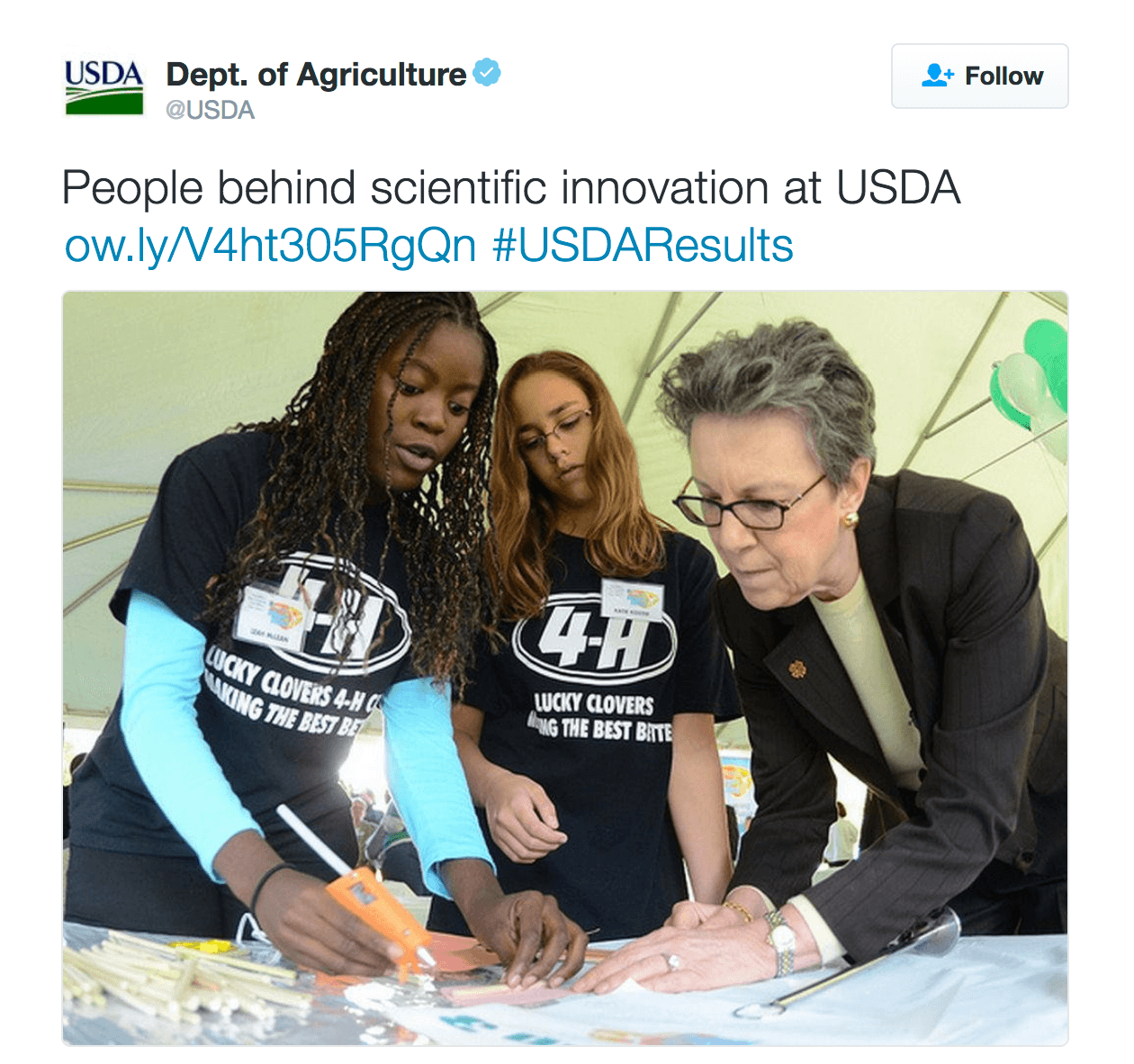



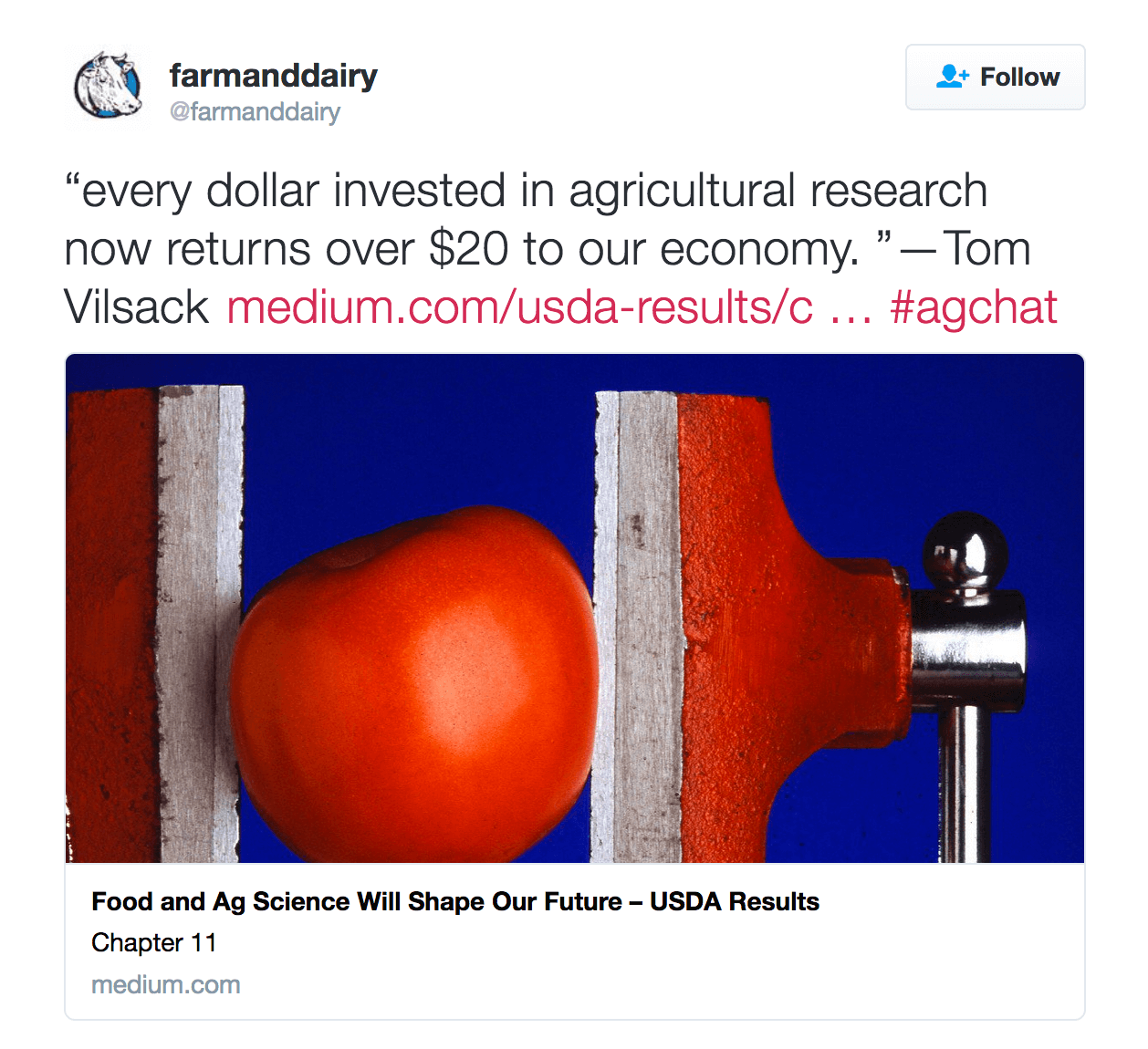

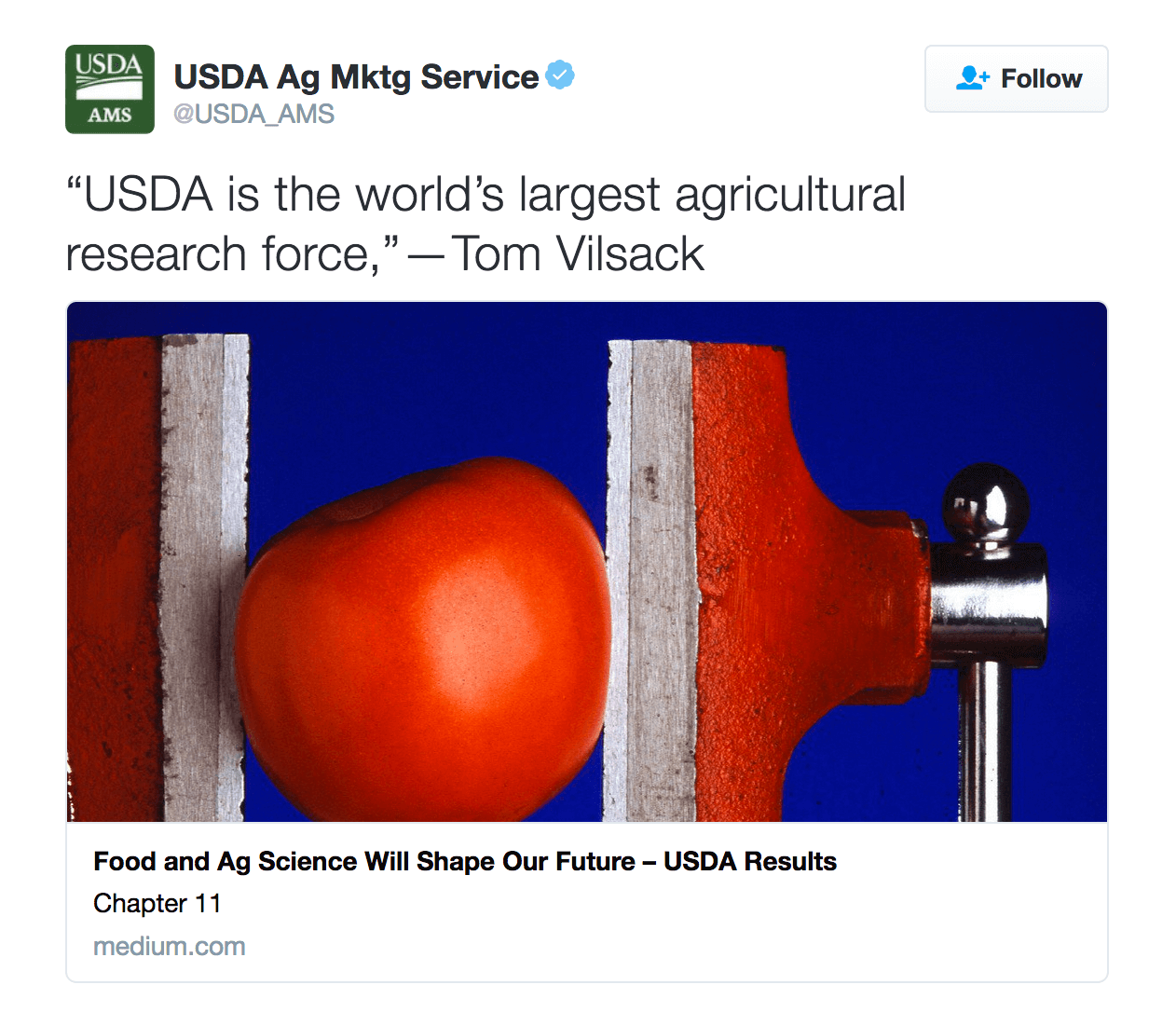

|

